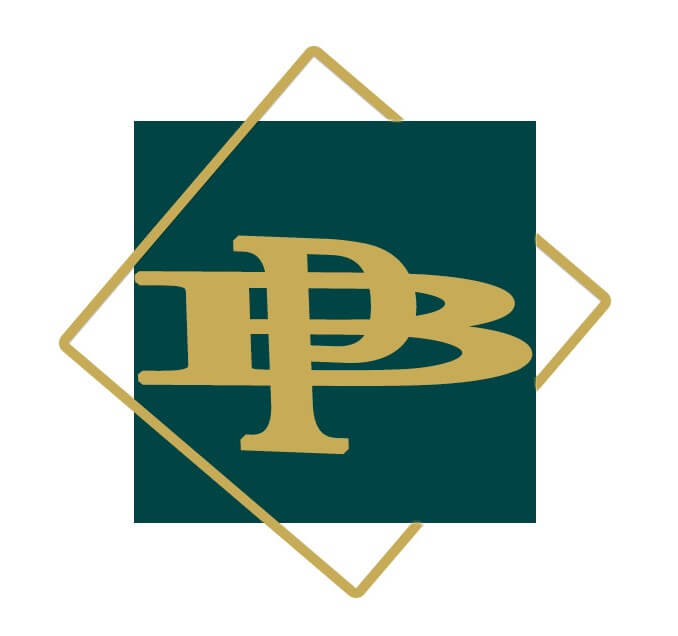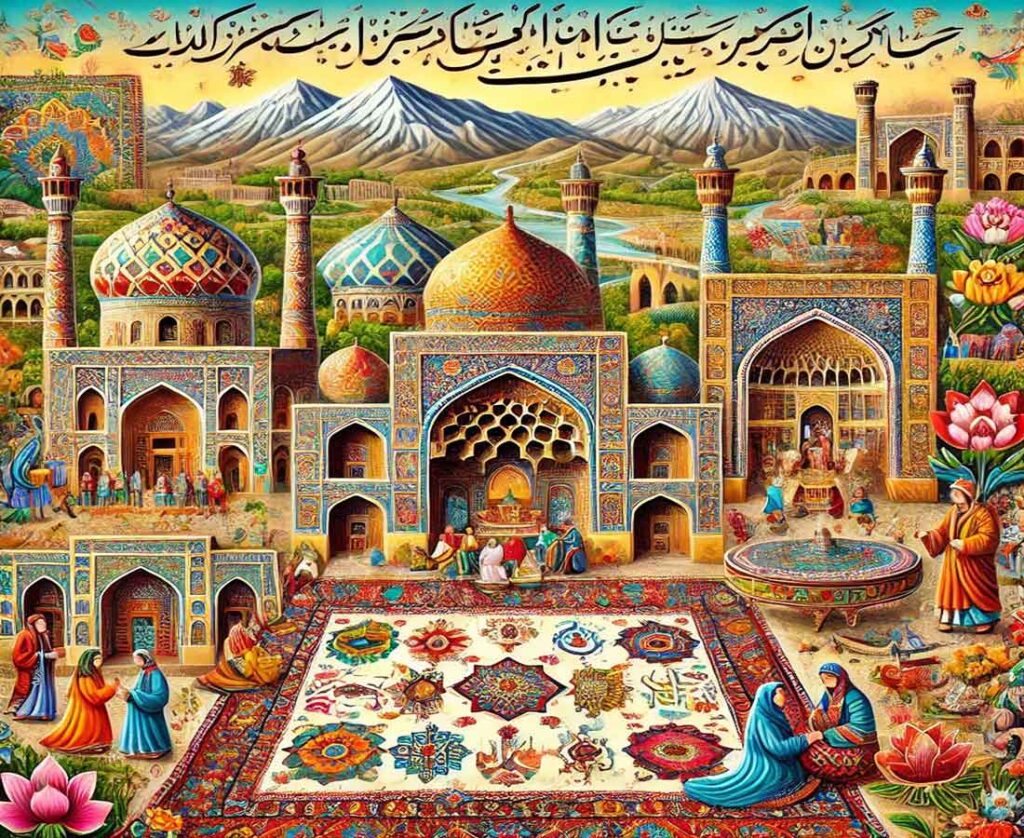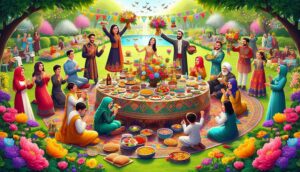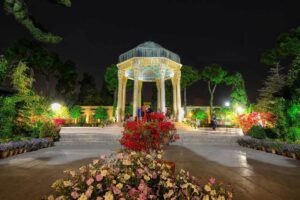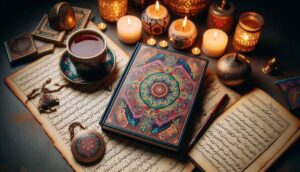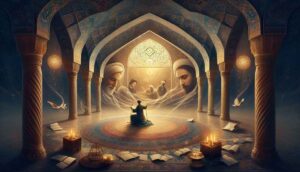Table of Contents
TogglePersian
The Persian people, the dominant ethnic group in Iran, share a rich cultural and historical heritage that spans thousands of years. Despite diverse ancestry, they are united by their language, Persian (Farsi), which is part of the Indo-Iranian branch of the Indo-European language family. Persian is not only spoken in Iran but also in Afghanistan, where a dialect known as Dari serves as one of the official languages, and in parts of Pakistan. In Tajikistan, the Persian language continues to thrive in the form of the Tajik dialect, which is written in the Cyrillic script but remains closely related to Farsi, sharing much of the same vocabulary and grammar. Persian cultural influence is evident in Tajik literature, poetry, and festivals, further uniting Persian-speaking communities across borders.
Persia
The name “Persia” comes from “Parsa,” the ancient name of the people who migrated into southern Iran around 1000 BCE. These people, known as the Parsa, are first mentioned in records of the Assyrian King Shalmaneser III, who reigned in the 9th century BCE. As the Parsa expanded their influence, particularly under the Achaemenid dynasty (559–330 BCE), the region became known as Persia to outsiders, including the Greeks.
Persian culture
Persian culture flourished under various rulers, including Alexander the Great and Sasanian dynasties (226–641 CE). Today, most Persians practice Shia Islam, but before the Muslim conquest in the 7th century CE, Zoroastrianism was the dominant religion. Though their numbers have dwindled, Zoroastrians still exist in Iran, and larger communities are found in South Asia. Persian adherents of the Bahá’í Faith also form a small minority.
The Persian
The Persian people are engaged in diverse occupations, from urban professionals and entrepreneurs to rural farmers. Traditional crafts like handwoven carpets and intricate metalwork are still highly valued, with many villages producing unique designs known for their artistic beauty. From ancient pre-Islamic structures to magnificent mosques and shrines, Persian architecture is a testament to their rich cultural legacy, with UNESCO recognizing several sites like Persepolis and Choghā Zanbil.
Persian literature
Persian literature has deep roots, stretching back to the time of Zoroaster. Although there was a gap in writing after Alexander’s conquest, the literary tradition revived in the 3rd century CE and continues to thrive. Renowned figures like Rūdakī, Omar Khayyam, and Rūmī have left a lasting impact on Persian and global literature. At the same time, modern authors like Marjane Satrapi have brought Persian stories to new audiences. Tajikistan, too, has produced notable literary figures with its rich poetic tradition strongly influenced by Persian masters.
Persian Celebrations
Celebrations are a vital part of Persian culture. The Persian New Year, known as Nowruz, is the most important holiday, marked by joyful gatherings, special foods, and cultural traditions that last for 13 days. Persian cuisine is known for its flavorful use of rice, meat, vegetables, and unique seasonings like saffron and rosewater.
Persians, Tajiks, and other Persian-speaking communities have a long and vibrant history, with a cultural richness that continues to influence art, literature, and traditions worldwide.
